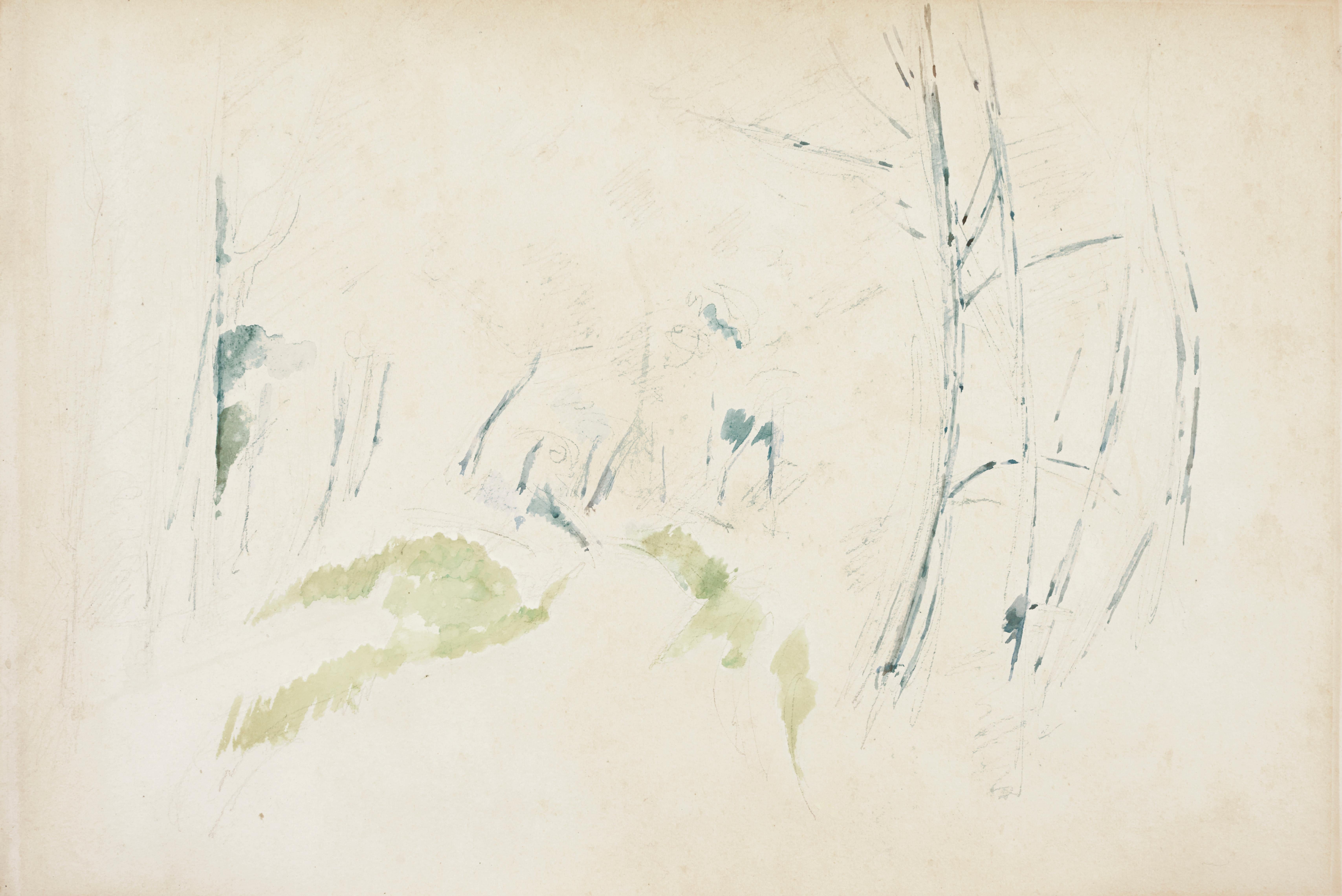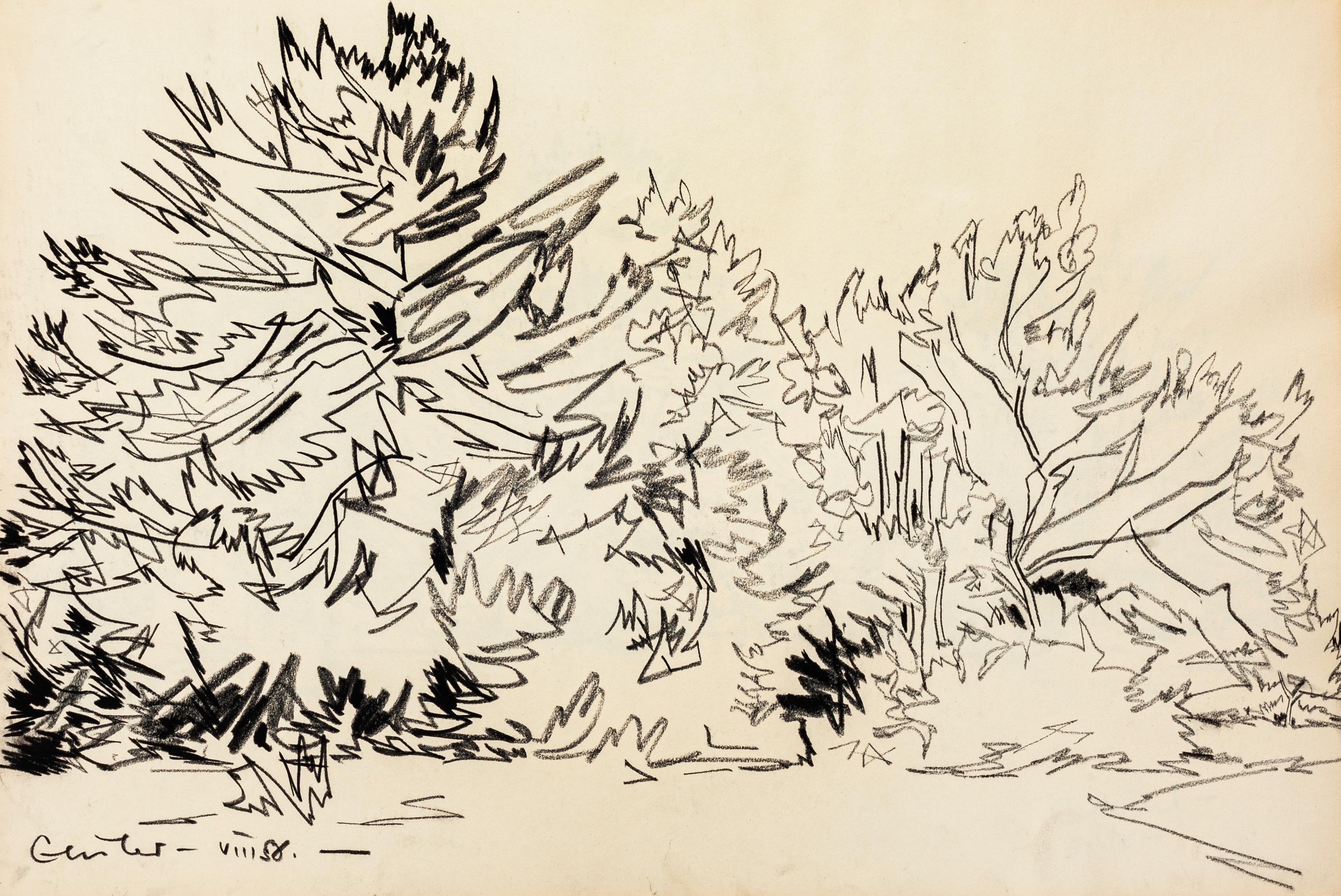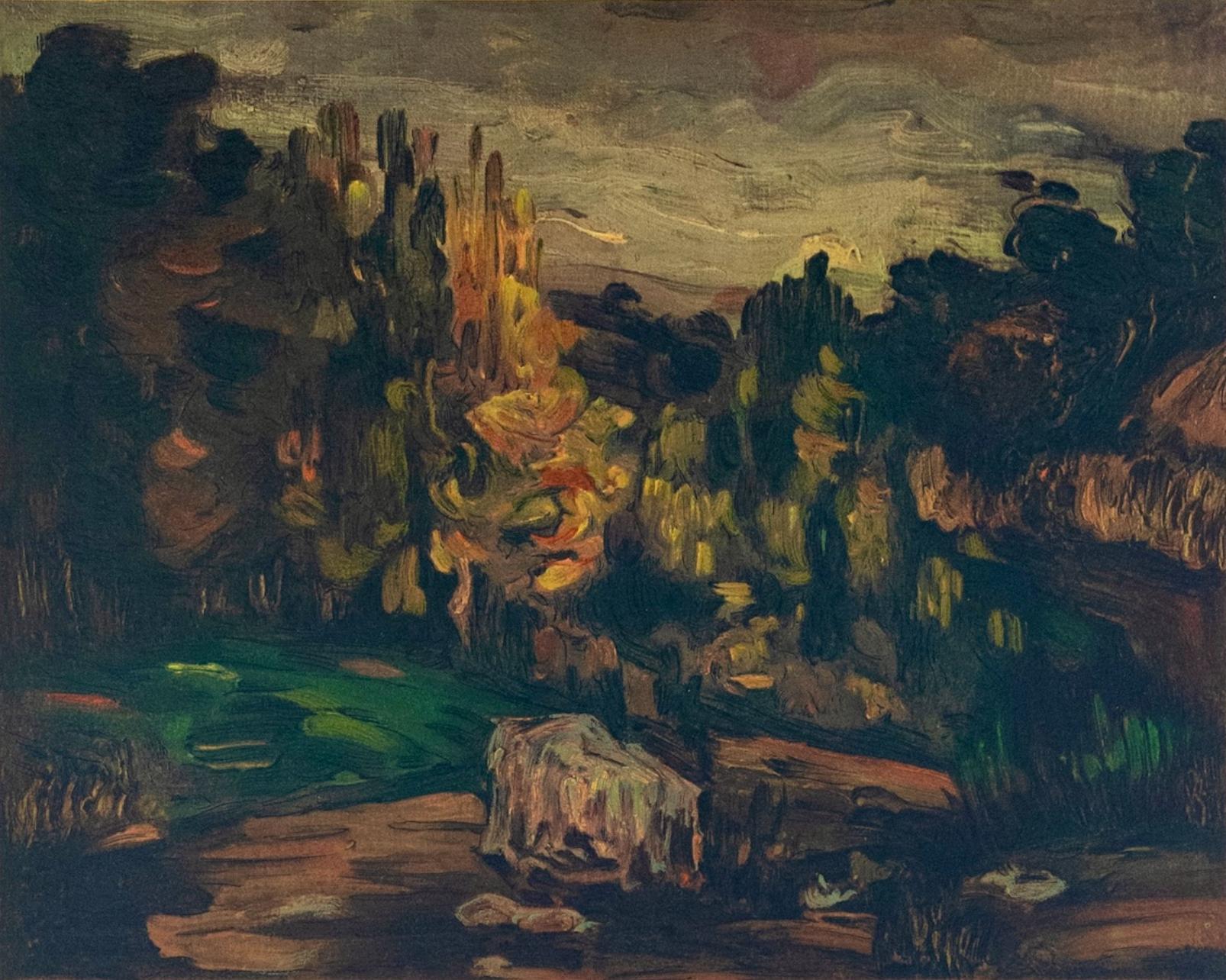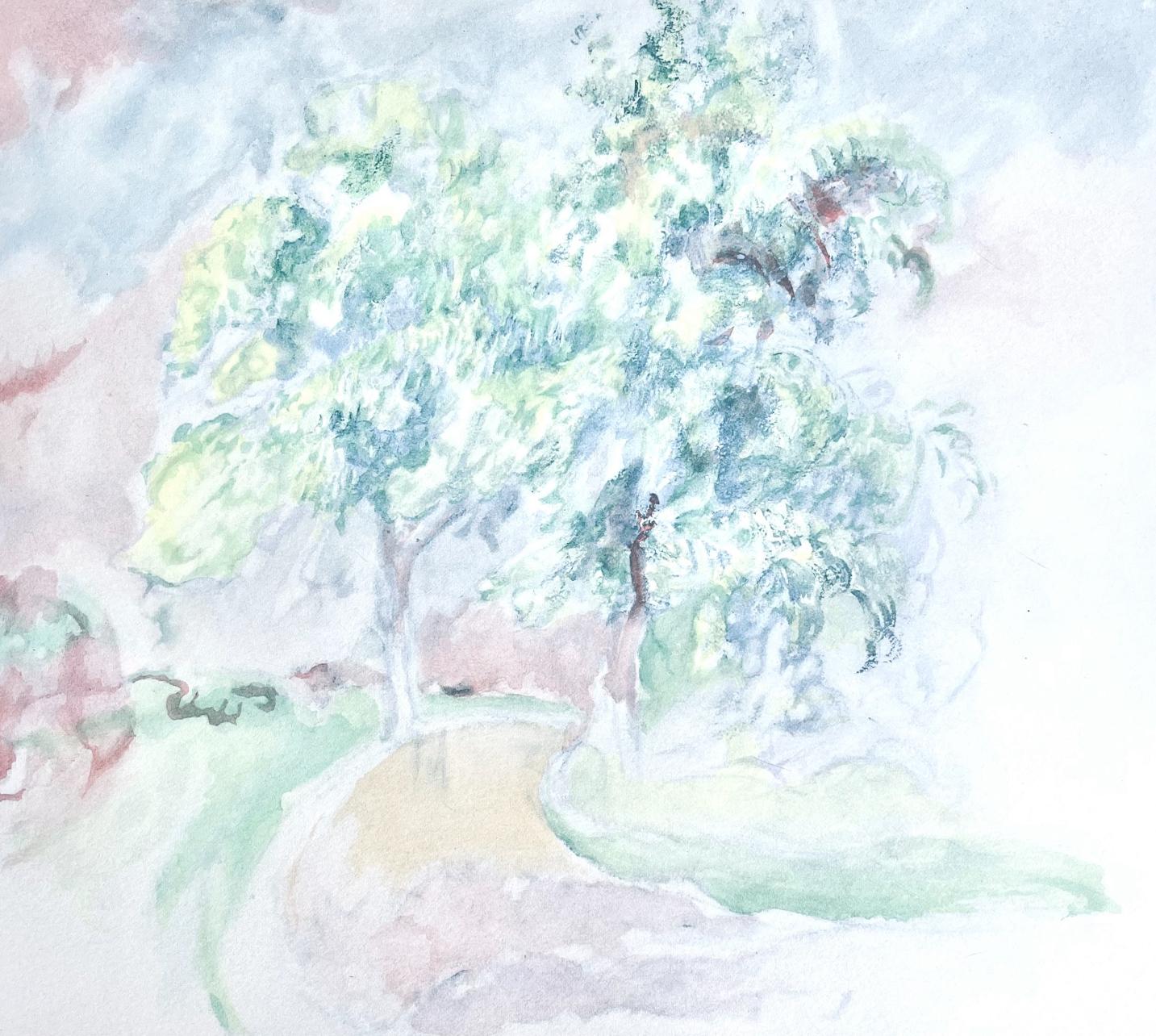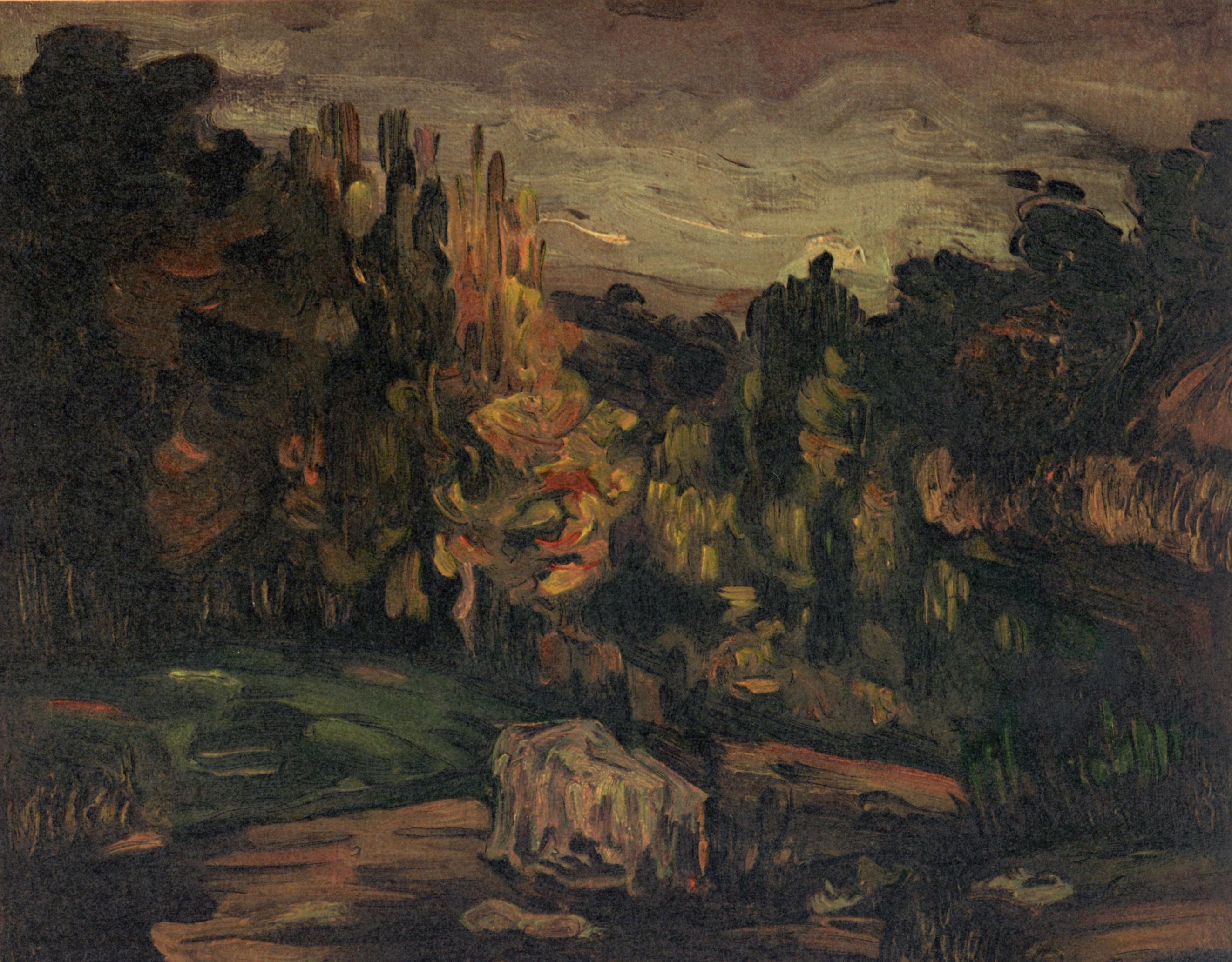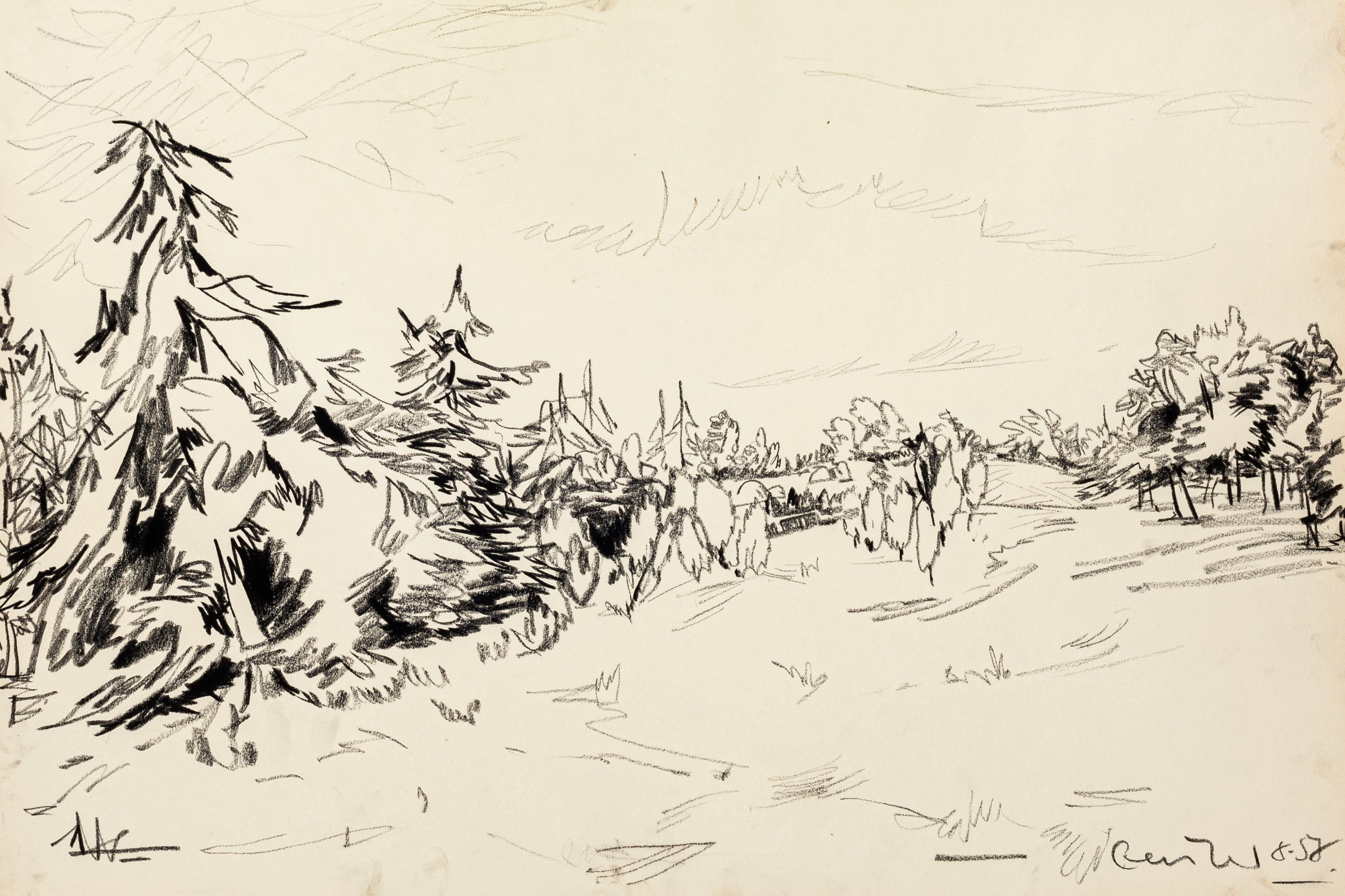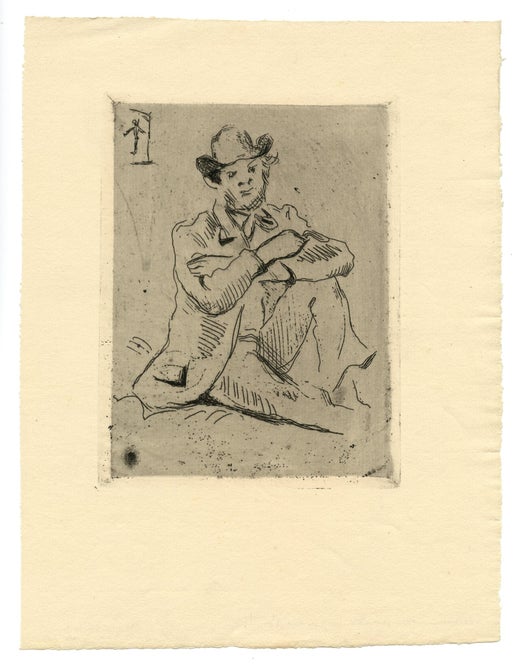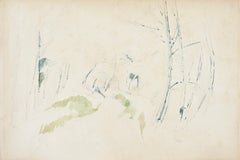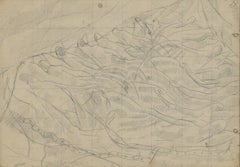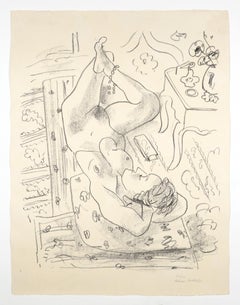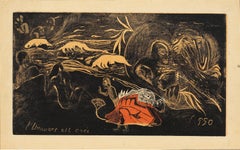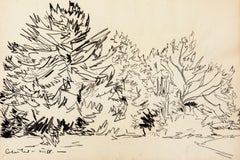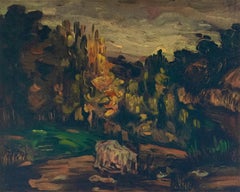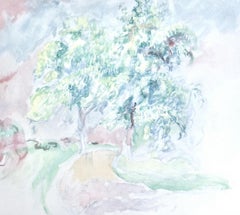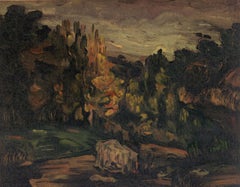Items Similar to Le Sentier
Want more images or videos?
Request additional images or videos from the seller
1 of 5
Paul CézanneLe Sentier1890
1890
$279,740.99
£200,000
€238,843.70
CA$382,680.08
A$428,229.75
CHF 223,601.45
MX$5,264,639.04
NOK 2,820,990.13
SEK 2,654,537.81
DKK 1,781,957.12
Shipping
Retrieving quote...The 1stDibs Promise:
Authenticity Guarantee,
Money-Back Guarantee,
24-Hour Cancellation
About the Item
Paul Cézanne
Le Sentier
ca. 1890
Watercolour and pencil on paper
34.6 x 51.5 cms (13 5/8 x 20 1/4 ins)
PC16325
- Creator:Paul Cézanne (1839 - 1906, French)
- Creation Year:1890
- Dimensions:Height: 13.63 in (34.6 cm)Width: 20.28 in (51.5 cm)
- Medium:
- Movement & Style:
- Period:
- Condition:
- Gallery Location:London, GB
- Reference Number:1stDibs: LU26226760642
Paul Cézanne
Paul Cézanne (1839–1906) was a French Post-Impressionist painter who served as a bridge between 19th-century Impressionism and early 20th-century Cubism. His work introduced new modes of representation, influencing avant-garde movements of the early 20th century. Initially inspired by Romanticism and Realism, Cézanne developed a unique pictorial language, altering conventional perspectives and emphasizing the formal qualities of art. Cézanne's distinctive brushstrokes, use of color planes, and focus on the underlying structure of objects set his work apart. Despite early ridicule from contemporary critics, artists like Camille Pissarro and gallery owner Ambroise Vollard recognized his talent, with Vollard hosting Cézanne's first solo exhibition in 1895. This exhibition led to wider appreciation, and both Henri Matisse and Pablo Picasso later hailed Cézanne as "the father of us all".
About the Seller
4.8
Recognized Seller
These prestigious sellers are industry leaders and represent the highest echelon for item quality and design.
Established in 1960
1stDibs seller since 2015
112 sales on 1stDibs
Typical response time: 1 to 2 days
Associations
International Fine Print Dealers AssociationSociety Of London Art Dealers
- ShippingRetrieving quote...Shipping from: London, United Kingdom
- Return Policy
Authenticity Guarantee
In the unlikely event there’s an issue with an item’s authenticity, contact us within 1 year for a full refund. DetailsMoney-Back Guarantee
If your item is not as described, is damaged in transit, or does not arrive, contact us within 7 days for a full refund. Details24-Hour Cancellation
You have a 24-hour grace period in which to reconsider your purchase, with no questions asked.Vetted Professional Sellers
Our world-class sellers must adhere to strict standards for service and quality, maintaining the integrity of our listings.Price-Match Guarantee
If you find that a seller listed the same item for a lower price elsewhere, we’ll match it.Trusted Global Delivery
Our best-in-class carrier network provides specialized shipping options worldwide, including custom delivery.More From This Seller
View AllLe Sentier
By Paul Cézanne
Located in London, GB
Paul Cézanne
Le Sentier
ca. 1890
Watercolour and pencil on paper
34.6 x 51.5 cms (13 5/8 x 20 1/4 ins)
PC16325
Provenance:
Walther Halvorsen, Oslo
Galerie Bernheim-Jeune, Paris
Ju...
Category
19th Century Post-Impressionist Landscape Drawings and Watercolors
Materials
Watercolor, Pencil
Price Upon Request
Sword of the Lord
By Stanley Spencer
Located in London, GB
Stanley Spencer
Sword of the Lord
c.1935
Pencil on paper
17.8 x 25.4 cms (7 x 10 ins)
SS8308
Category
1930s Modern Landscape Drawings and Watercolors
Materials
Pencil
Nu renversé près d'une table Louis XV
By Henri Matisse
Located in London, GB
Henri Matisse
Nu renversé près d'une table Louis XV
1929
Lithograph on Arches Velin paper, Edition of 50
Paper size: 66 x 50 cms (26 x 19 7/8 ins)
Image size: 55.9 x 46 cms (22 x 18...
Category
1920s Modern Figurative Prints
Materials
Lithograph
L'Univers est créé
By Paul Gauguin
Located in London, GB
Gauguin came back to Paris in August 1893 from his first stay in Tahiti, In the luggage numerous drawings and preparatory work for a book designed by him. In collaboration with the writer Charles Morice, parts of the text "NOA NOA" were created in Paris in the winter of 1893-1894. The plan was for a preferred edition with 10 almost identical woodcuts, all of which were made in the winter of 1893-1894. According to the individual proto-prints by Gauguin, the artist left the artist to Louis Roy...
Category
1890s Figurative Prints
Materials
Woodcut
Edward Gordon Craig I
By Richard Smith
Located in London, GB
Edition of 95, Set of 2
56 x 76.2 cms (22 x 30 ins)
Category
1960s Abstract Abstract Prints
Materials
Lithograph
Nu couché
By Henri Matisse
Located in London, GB
Henri Matisse
Nu couché
1929
Etching on Chine appliqué on wove paper, Edition of 25
Paper size: 28.6 x 38 cms (11 1/8 x 14 5/8 ins)
Plate size: 12.3 x 15.5 c...
Category
1920s Modern Figurative Prints
Materials
Etching
You May Also Like
Landscape - Original Mixed Media by T. Gertler - 1970s
By Tibor Gertler
Located in Roma, IT
Landscape is an original drawing oil pastel on paper realized by Tibor Gertler, one of the most important landscape artists of the XX century.
Hand-signed on the lower right.
The ...
Category
1970s Figurative Drawings and Watercolors
Materials
Paper, Oil Pastel
$358 Sale Price
25% Off
Cézanne, Paysage à Aix, Les Réalistes Lyriques (after)
By Paul Cézanne
Located in Fairfield, CT
Medium: Lithograph on vélin d'Arches paper
Year: 1973
Paper Size: 20 x 26 inches
Inscription: Unsigned and unnumbered, as issued
Notes: From the folio, Les Réalistes Lyriques, VIII, ...
Category
1970s Post-Impressionist Landscape Prints
Materials
Lithograph
$716 Sale Price
20% Off
Renoir, Le Chemin tournant, Seize Aquarelles et Sanguines de Renoir (after)
By Pierre-Auguste Renoir
Located in Fairfield, CT
Medium: Lithograph and stencil on vélin d’Arches Johannot paper
Year: 1948
Paper Size: 10.75 x 15 inches
Inscription: Unsigned and unnumbered, as issued
Notes: From the folio, Seize ...
Category
1940s Impressionist Landscape Prints
Materials
Lithograph
$1,436 Sale Price
20% Off
"Paysage a Aix" lithograph
By After Paul Cezanne
Located in Henderson, NV
Medium: lithograph (after the Paul Cezanne painting). Printed in Paris on Arches paper at the Mourlot studio in 1973 in an edition of 1000 for the Collection Pierre Lévy deluxe portf...
Category
1970s Impressionist Prints and Multiples
Materials
Lithograph
Landscape - Mixed Media by T. Gertler - 1970s
By Tibor Gertler
Located in Roma, IT
Landscape is an original drawing in oil pastel on paper realized by Tibor Gertler, one of the most important landscape artists of the XX century.
Hand-signed on the lower right.
T...
Category
1970s Figurative Drawings and Watercolors
Materials
Paper, Oil Pastel
$358 Sale Price
25% Off
Landscape - Original Mixed Media by T. Gertler - 1970s
By Tibor Gertler
Located in Roma, IT
Landscape is an original drawing in pen and oil on paper realized by Tibor Gertler, one of the most important landscape artists of the XX century.
Hand-signed on the lower right.
...
Category
1970s Figurative Drawings and Watercolors
Materials
Paper, Oil, Pen
$358 Sale Price
25% Off
More Ways To Browse
Cezanne Paul
Recently Viewed
1980s German Art
Painting 1918
Large Oil Paintings Still Lifes
Elephant Art
Portraits Of Picasso
Arizona Painting
Impressionist Painting Of Rivers
Mountain Photograph
Visionary Painting
Woman Back Painting
Pink Abstract Landscape
New York Graffiti Art
Oil On Panel Portrait
Bay Area Artists
1970s City Painting
Painting Of Feet
